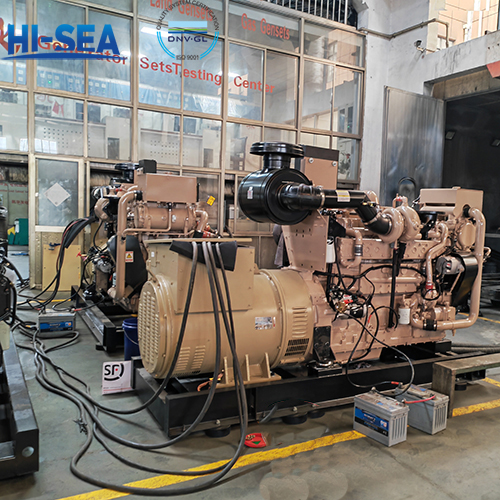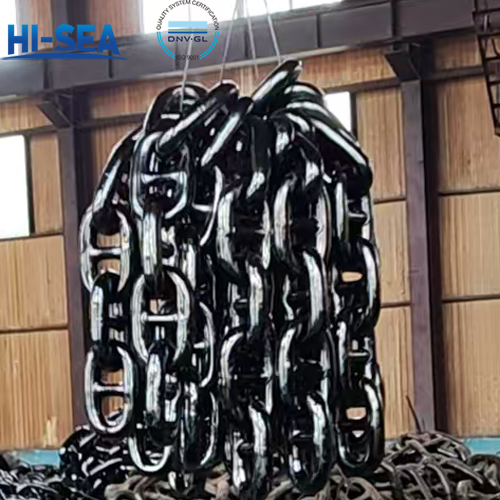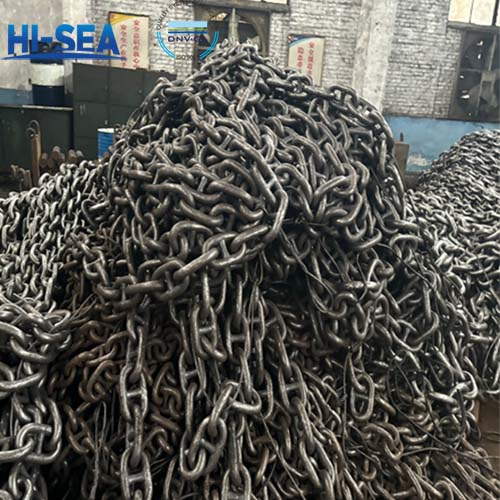
Ten major debugging steps of marine diesel generator set
Marine generator sets are the main force providing power for ships, the heart of ships, and are crucial. The debugging of marine diesel generator sets is an important step to ensure the normal operation of the equipment. The following is the debugging of marine diesel generator sets: visual inspection before unit testing, measure the insulation resistance of the generator, starting performance test of generator set, unit operation inspection, speed remote control mechanism adjustment range, check the range of no-load voltage setting, unit protection device test, generator set sudden addition and sudden unloading load test, transient voltage change rate and stability time of the generator, unit load test.
Overview
1. Visual inspection before unit testing
The appearance inspection mainly includes nameplate data inspection, welding quality, installation quality, no leakage in pipelines, and whether the starting system and wiring are correct.
2. Measure the insulation resistance of the generator
Measure the insulation resistance of each independent electrical circuit to ground and between each circuit using a megohmmeter. During measurement, semiconductor devices, capacitors, etc. should be removed, and all switches should be in a conductive state. The reading of a stable megohmmeter pointer is the measurement result.
3. Starting performance test of generator set
The emergency unit should be able to start smoothly under environmental conditions of no less than 5 ℃, with cooling water and lubricating oil not preheated. If there are difficulties in starting, preheating measures are allowed. The unit should be able to start six times in a row, and the one with more than five successful starts out of six is considered qualified. The time interval between each start should not exceed 1 minute (automatic units should also undergo 3 self start failure tests).
4. Unit operation inspection
After starting the diesel engine and gradually accelerating to the rated speed, observe whether there is any abnormal noise in the unit, whether the temperature of the motor bearings is normal, whether the diesel engine has three leaks, and whether the motor and diesel engine are operating normally.
5. Speed remote control mechanism adjustment range
Test whether the breakup is within the specified range in two states: active and automatic.
6. Check the range of no-load voltage setting
Measure whether the voltage is within the rated range in both manual and automatic states at rated power factor and rated frequency.
7. Unit protection device test
After starting the unit, adjust the speed to the rated speed under no load, stabilize it, and slowly increase the speed to the specified alarm value to test the overspeed protection. The high water temperature protection needs to distinguish whether the water temperature sensor uses a switch quantity or an analog quantity. The switch quantity sensor will be short circuited at both ends to trigger an alarm. For analog signals, the controller alarm and shutdown parameters can be changed to complete the experiment. The tests for oil temperature and oil pressure are also similar.
8. Generator set sudden addition and sudden unloading load test
When conducting a sudden load test, the waveform of voltage and frequency undergoes a process from being stable before sudden loading and unloading to fluctuating up and down during sudden loading and unloading, and then returning to a stable waveform. Measure whether the voltage, frequency, and stability time are within the range.
9. Transient voltage change rate and stability time of the generator
The capacity of ship power stations is relatively small. When the load changes, it will cause a significant change in the terminal voltage of the generator set. Maintaining a relatively stable voltage is an important indicator of the generator set, and the transient voltage change rate of the generator is an important indicator to measure the quality of power supply.
10. Unit load test
Under the rated operating conditions of the unit, after running at no load for 10 minutes, the load is then changed and parameter values such as power, frequency, and current are recorded at regular intervals. Within the rated operating time, the unit should have no abnormal phenomena such as three leaks.
For more marine diesel generator set information, kindly please click here.





